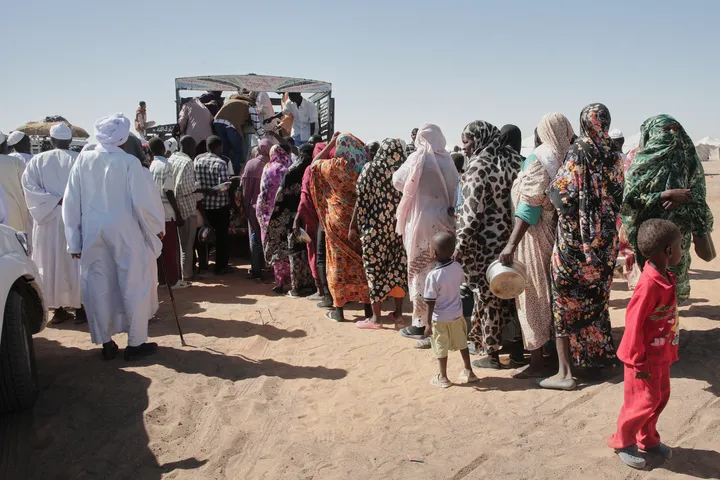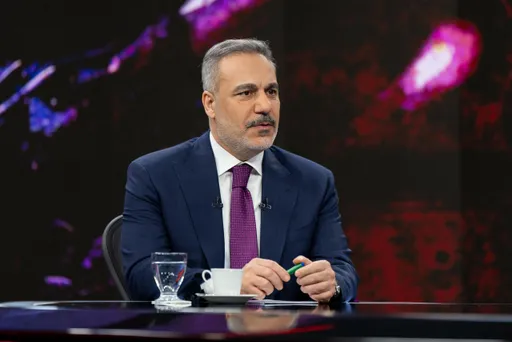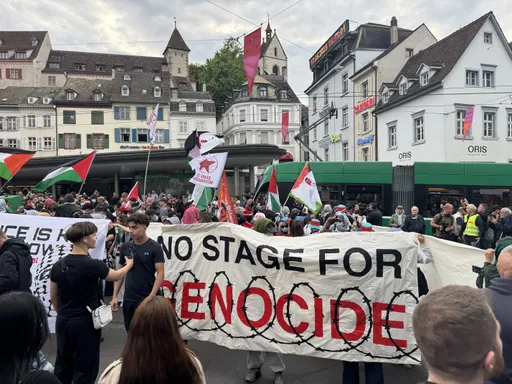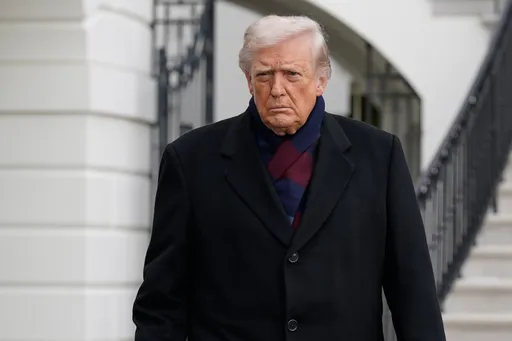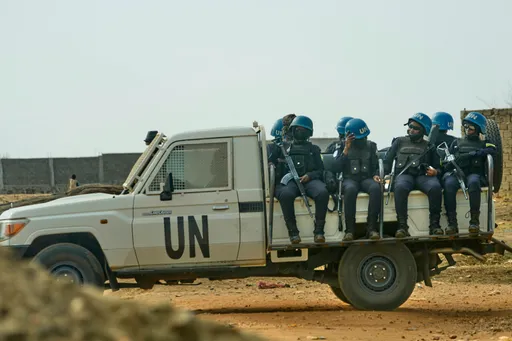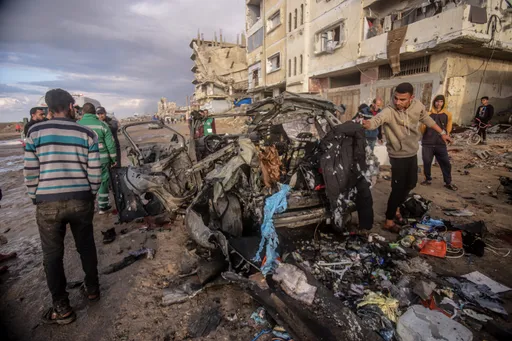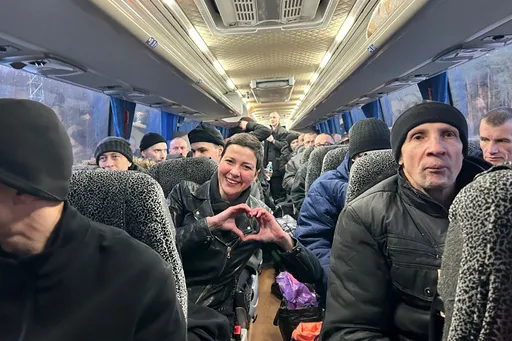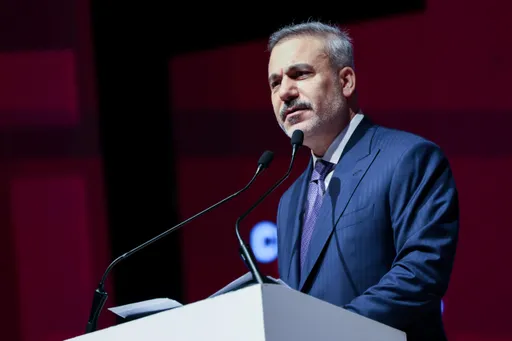Journalists in India are doing their best to cover the violence on the streets of Delhi which has largely affected the lives of the city's Muslim minority.
Despite US President Donald Trump’s visit to the country on Monday and Tuesday, the angry mobs that went on a rampage in several parts of the capital city showed no sign of abating.
Three journalists were seriously injured while several others reported threats and harassment by mobs for filming the violence inflicted by angry, young mobs.
Several Indian reporters wrote personal accounts, stating how they were accosted by mobs and let go only after confirming that they belonged to Hindu faith.
The Committee to Protect Journalists (CPJ) issued a warning about India on Tuesday, noting that the escalation of sectarian violence has led to deaths and injuries, and that journalists were now being targeted.
“Over the past two weeks,” the CPJ added. “The protests have become increasingly communal in nature, with some media workers reporting they have been asked about their religious identity, according to reports.”
NDTVreported on Tuesday that three of their reporters and a cameraperson were assaulted by “armed mobs” in northeast Delhi and that there were no police to protect them while they worked on a story.
The Times of India photojournalist Anindya Chattopadhyay also recounted his experience on Tuesday during which he had to cut through crowds to take photos.
Speaking of the mob that surrounded him at one point, Chattopadhyay wrote: “They threatened to take off my pants to confirm my religion. I then folded my hands and said I was just a lowly photographer. They then gave me a few threats, but let me go.”
JK 24x7 News’ Akash Napa was injured on Tuesday and remains in hospital. The channel says the hospital lacks the proper resources to treat him. Outlook India reported that Napa was hit by a bullet while covering the communal clashes in Maujpur locality.
Reuters correspondent Devjyot Ghoshal tweeted an entire thread about the street violence in India, complete with petrol bombs, paving stones flying in the air and violence from both sides.
Meanwhile India’s Ministry of Information and Broadcasting has issued a memorandum addressed to all private satellite TV channels urging high caution when broadcasting material that might incite violence, offend religions or contain half-truths.
Even India’s Prime Minister Narendra Modi had to admit that things had gotten out of hand. Modi explicitly asked demonstrators to restore calm in New Delhi, the nation’s capital in a tweet, saying: “I appeal to my sisters and brothers of Delhi to maintain peace and brotherhood at all times.”
The Delhi High Court is hearing petitions about the violence, and earlier in the day it said it cannot let "another 1984" happen on its "watch". In 1984, more than 3,000 Sikhs were killed by right-wing Hindu mobs in anti-Sikh riots in the city.
The ongoing violence started on Monday, a day after a senior politician of India's ruling Bharatiya Janata Party (BJP), Kapil Mishra, issued a veiled threat to Indian Muslim protesters to wind up their months long demonstrations against the recently passed citizenship law that paves the way for Muslim exlusion. Mishra warned the police that if they did not break the protests within three days, "we will have to take to the streets".
The warning was largely seen as a dog whistle for right-wing Hindu nationalists, who eventually came out on the streets, attacking Muslim neighbourhoods, triggering the city wide clashes.



